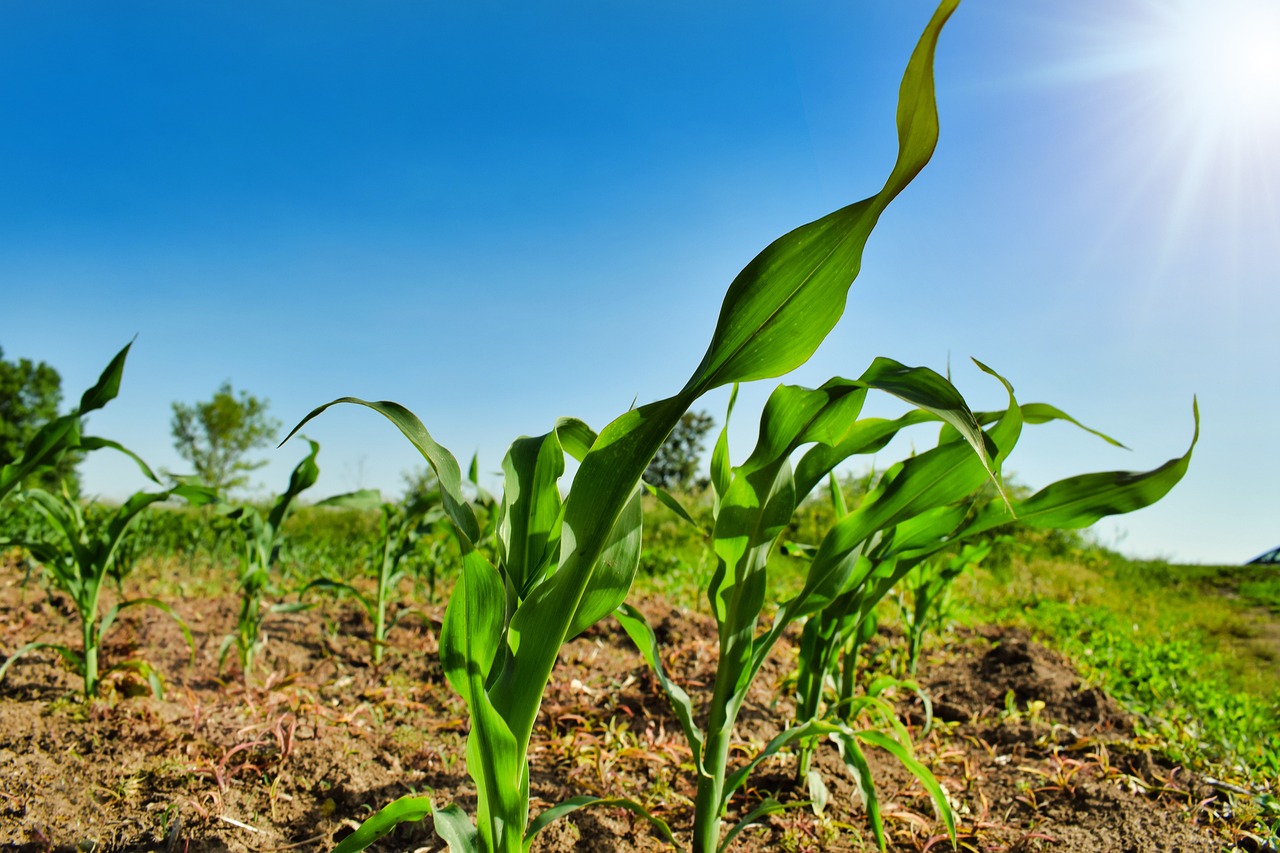A Closer Look at Urban Farming: Its Emergence and Societal Influence
Urban farming—a concept once considered quaint, is now emerging as a significant trend in our modern society. This movement is reshaping our cities, our diets, and our relationship with nature. What factors led to its rise, and how is it shaping contemporary society? Read below to delve into this fascinating phenomenon.

The Genesis of Urban Farming: A Historical Perspective
Urban farming is not a new concept. In fact, it has roots in ancient civilizations, where city dwellers would cultivate food in their private gardens. However, the practice saw a significant revival in the 20th century, especially during the World Wars, when food shortages led to the establishment of “victory gardens” in cities. The recent surge in urban farming can be traced back to the late 1970s and early 1980s, when community gardens began cropping up in cities due to economic decline and rising food prices.
Current Trends in Urban Farming
Today, urban farming has evolved into a multifaceted movement, spurred by a variety of social, environmental, and economic factors. An increasing awareness of the environmental impact of traditional farming methods and a desire for fresher, locally sourced produce are some of the drivers of this trend. From rooftop gardens to hydroponic greenhouses, urban farming is taking on innovative forms, allowing city dwellers to grow food in spaces previously deemed unusable.
The Societal Influence of Urban Farming
Urban farming is not just about growing food; it’s about fostering community, promoting sustainability, and improving urban landscapes. Community gardens, for example, offer a common space where people can connect and learn about food production. Urban farms can also play a role in reducing food deserts—areas in cities where fresh, healthy food is hard to come by. Moreover, by repurposing vacant urban areas into green spaces, these farms can beautify cities and boost property values.
The Future of Urban Farming: Implications and Possibilities
The future of urban farming looks promising. As cities continue to grow, the demand for local, sustainable food sources is likely to rise. Advancements in technology, such as vertical farming and aquaponics, are making it possible to grow more food in less space, thus increasing the potential of urban farming. However, challenges such as land availability and climate change could affect the scalability of this movement.
Closing Thoughts
Urban farming is more than a trend—it’s a testament to human adaptability and innovation. It reflects our evolving relationship with food, nature, and urban spaces. As we move forward, it will be interesting to see how this movement continues to shape our cities, our diets, and our society.




